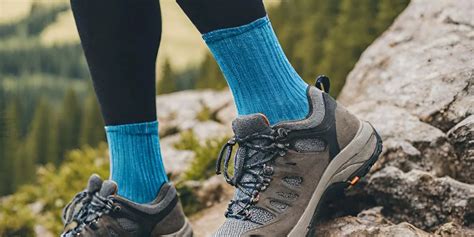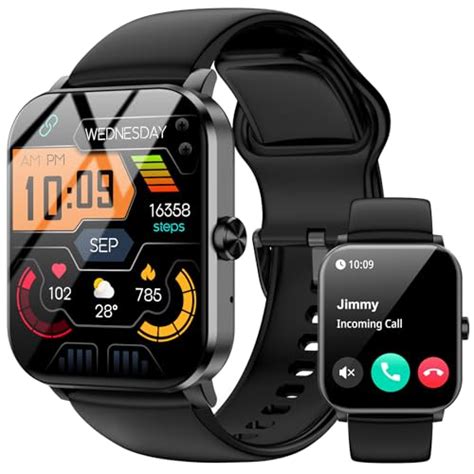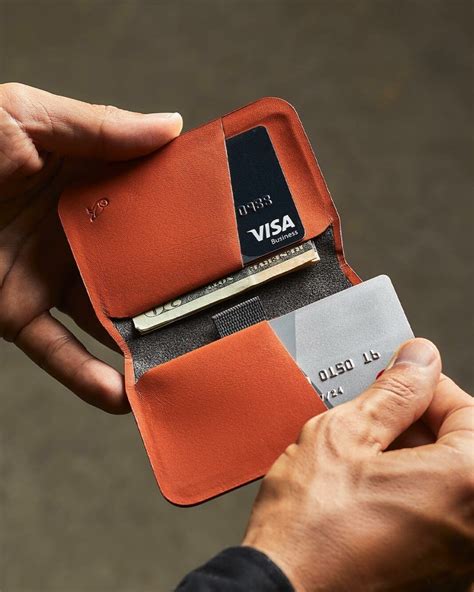The Blister Battle: Why Socks Matter
There are few things that can ruin a fantastic hike faster than a searing blister on your foot. That tiny bubble of fluid, born from friction and moisture, can turn a scenic trek into a painful slog. While much attention is often paid to hiking boots, the unsung heroes in blister prevention are undoubtedly your socks and, more specifically, the strategic combination of socks and liners.
Understanding the interplay between your foot, your sock, and your boot is key to keeping your feet happy. Blisters are primarily caused by friction and moisture. As your foot moves within your boot, especially when wet, these forces combine to create hot spots that quickly escalate into painful blisters. The right sock system acts as a protective barrier, managing moisture and minimizing friction.
The Power of the Two-Sock System
For decades, experienced hikers have sworn by the two-sock system – a thin liner sock worn underneath a thicker outer sock. This isn’t just a matter of wearing two layers; it’s a deliberate strategy to combat the root causes of blisters. The liner sock, being thin and often made of a slicker material, handles the friction directly against your skin. Any rubbing that occurs happens between the liner and the outer sock, not between the liner and your foot. Simultaneously, both layers work in tandem to wick moisture away from your skin, keeping your feet drier and less prone to friction.

Liner Socks: Your First Line of Defense
The primary role of the liner sock is to provide a smooth, wicking layer directly against your skin. When choosing a liner, focus on materials known for their moisture-wicking properties and low friction.
- Synthetic (Polypropylene, Polyester, Nylon): These are excellent choices for liners. They are highly efficient at moving moisture away from your skin and are quick-drying. Synthetics also tend to have a smooth texture, reducing friction.
- Merino Wool: While synthetic liners are often preferred for their slickness, very thin merino wool liners can also work well. Merino wool is naturally moisture-wicking, odor-resistant, and comfortable against the skin. Just ensure they are truly thin to avoid bulk.
A good liner should fit snugly without being restrictive. It should be virtually seam-free in critical areas to prevent irritation.
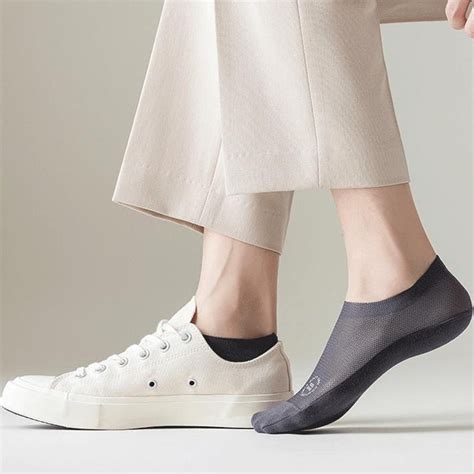
Outer Socks: Cushioning, Support, and Additional Wicking
The outer sock provides cushioning, insulation, and additional moisture management. It’s the workhorse that absorbs impacts and offers comfort inside your boots. Material choice here is equally important:
- Merino Wool: The gold standard for hiking socks. Merino wool excels at regulating temperature (keeping you warm when cold, cool when hot), wicking moisture, and resisting odor. It provides excellent cushioning and remains comfortable even when damp.
- Synthetic Blends (Polyester, Nylon, Spandex): Modern synthetic hiking socks are highly advanced, offering superb cushioning, durability, and moisture-wicking capabilities. They often dry faster than pure merino and are very resilient. Blends with Lycra or Spandex ensure a good, supportive fit.
Avoid cotton at all costs for both liners and outer socks. Cotton absorbs moisture and holds it against your skin, creating a perfect environment for blisters.
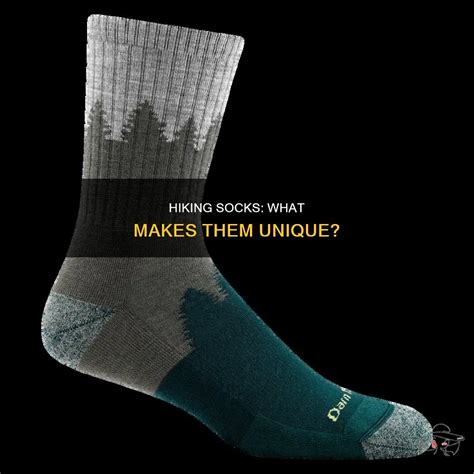
Recommended Sock/Liner Combinations
While personal preference plays a huge role, here are some widely praised combinations:
- Synthetic Liner + Merino Wool Outer Sock: This is arguably the most popular and effective combo for most hiking conditions. The slick synthetic liner minimizes friction directly on your skin, while the merino outer provides superior cushioning, temperature regulation, and moisture absorption.
- Merino Wool Liner + Synthetic Blend Outer Sock: A great choice for those who prefer the feel of merino directly against their skin, or for colder conditions where maximum warmth is desired. The synthetic outer then offers robust cushioning and durability.
- All-Synthetic System (Synthetic Liner + Synthetic Outer): Excellent for hot, wet conditions or when rapid drying is paramount. Both layers will wick and dry quickly, making it a good choice for multi-day treks where you might need to wash and dry socks overnight.
Always test your chosen sock combo on shorter hikes before committing to a long trek. Your feet will tell you what works best.

Beyond Socks: Other Blister Prevention Tips
Even the best sock combo can’t prevent blisters if other factors are ignored. Consider these additional tips:
- Proper Boot Fit: Ill-fitting boots are a primary cause of blisters. Ensure your boots are neither too tight nor too loose, with adequate room in the toe box.
- Break In Your Boots: Never wear brand-new boots on a long hike. Break them in gradually with shorter walks to allow them to conform to your feet.
- Keep Your Feet Dry: Change socks if your feet get wet, whether from sweat or external moisture. Take short breaks to air out your feet.
- Trim Toenails: Long toenails can cause pressure and rubbing against the front of your boots, leading to toe blisters.
- Lace Your Boots Correctly: Learn different lacing techniques to customize the fit, securing your heel and preventing your foot from sliding forward.
- Pre-Tape Hot Spots: If you know certain areas of your feet are prone to blisters, apply athletic tape (like Leukotape or RockTape) or moleskin proactively before starting your hike.
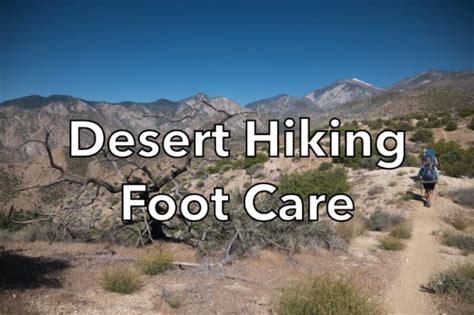
Conclusion
Preventing hiking boot blisters is a multi-faceted approach, but the foundation lies in a well-chosen sock and liner combination. By understanding the roles of each layer – the friction-reducing, moisture-wicking liner and the cushioning, supportive outer sock – you can create a system that keeps your feet dry, comfortable, and blister-free. Invest in quality materials, experiment to find your personal best combo, and combine it with good boot fit and foot care practices to ensure your next hiking adventure is memorable for all the right reasons.
